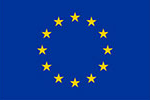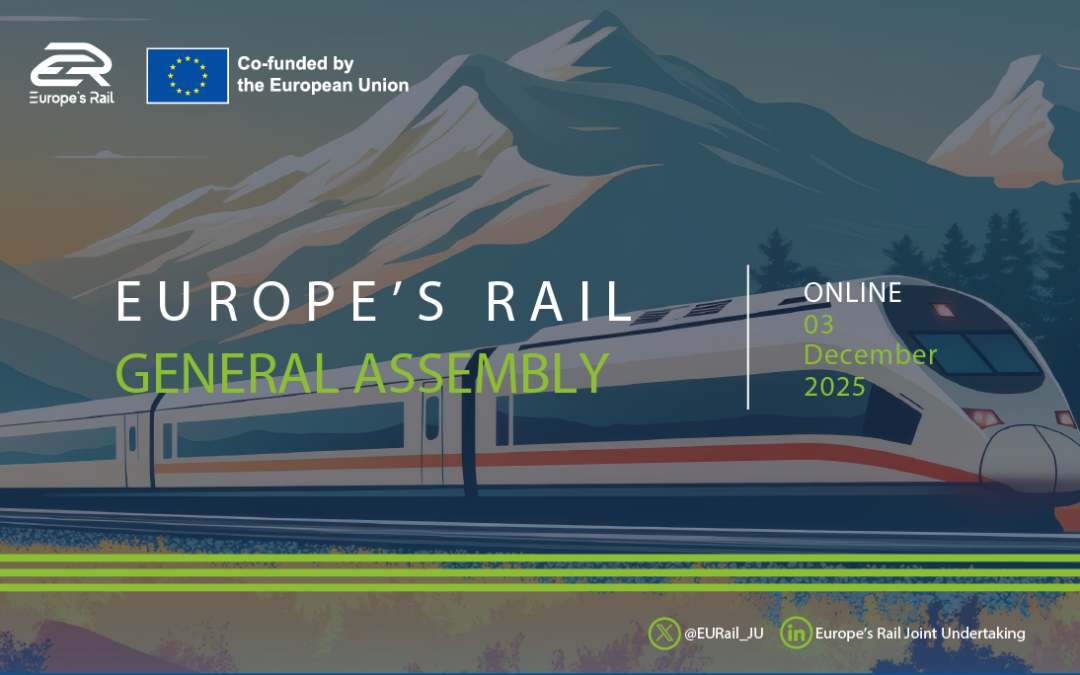Among the nine major Flagship Projects (FPs) funded by Europe’s Rail Joint Undertaking (EU-Rail), FP2-R2DATO plays a...
Deliverable D27.1 Dynamic Dispatching – Cartography
Output type:
Overall objective of WP 27 is to identify, coordinate and describe dynamic dispatching requirements and constraints that are specific to last-mile operations in terminals/yards, such as terminal operations, optimized loading and unloading in relation to real-time traffic restrictions and resource availability and constraints, order data management and transfer, dynamic slot management, dynamic task management, digital check-ins of containers/goods, etc. in an harmonised way in order to reduce knowledge barriers for operators and freight forwarders to access any terminal and to share status information in real-time to relevant stakeholders, implement real-time monitoring requirements. The description needs to be coordinated by the joint parties and with strong demand management from the multimodal industry, involving a substantial part of market stakeholders in multimodal freight and in strong alignment with all relevant technical enablers.
This description than formulates the basis of the envisaged implementation of real-time interfaces and the demonstration of their advantages.
14 Partners and affiliate entities have joined their forces with almost 130 Person months of effort, to jointly develop 5 use cases across Europe. All use cases aim to show what a positive effect dynamic information exchange can have in Terminals and Yards. Developments are ongoing for the mock-ups and demonstrators that will reach TRL 4-8.
The 5 use cases are not integrated in one single TOS but rather show the various best practices and shall demonstrate benefits. The interaction in between the different use cases to even further increase benefits are envisaged to be elaborated with in the second wave.
Especially the continuous customer and stakeholder engagement is encouraging us, indicating that we are on the right track.
But the use cases have also the objective to highlight current boundaries, that could not yet be tackled. Most of these boundaries are less technical issues rather than data availability and especially commercial constraints.
















